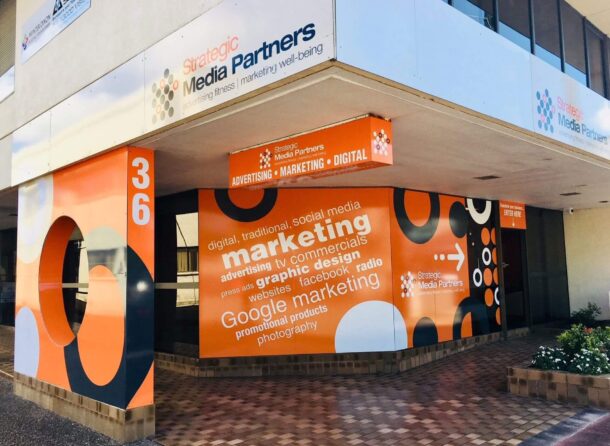Understanding Facebook Ad Metrics

Every Facebook advertiser faces the challenge of navigating complex metrics. Business owners and agencies often ask:
- Which metrics are most important?
- How do I know if my campaign is successful?
- Can I ignore certain metrics?
The key is to focus on the metrics that directly align with your campaign goals. Whether you’re running brand awareness, engagement, or conversion-focused campaigns, these 12 essential Facebook Ad metrics will help you measure success.
Measuring Awareness and Reach
Building awareness is the first step in a successful Facebook Ads strategy. These key metrics help evaluate how well your ads reach potential customers:
1. Cost Per Mile (CPM)
CPM indicates the cost of displaying your ad 1,000 times. It helps compare advertising costs across different platforms or campaigns. A high CPM may signal increased competition or the need for creative adjustments.
2. Ad Frequency
Ad Frequency measures how often the same user sees your ad. If it’s too high, users may become irritated, reducing engagement and increasing costs. If it’s too low, your ad may not be effective enough in reaching your audience.
3. Reach
Reach refers to the total number of unique users who saw your ad at least once. A high reach means your ad is being seen by more people, helping with brand awareness.
4. Impressions
Impressions track how many times your ad was displayed, even if the same user saw it multiple times. Monitoring impressions alongside reach can help gauge ad saturation.
Driving Engagement and Consideration

Once awareness is established, engagement metrics show how well your audience interacts with your ads.
5. Click-Through Rate (CTR)
CTR represents the percentage of people who click your ad after seeing it. A low CTR may indicate that your ad creative, message, or targeting needs improvement.
How to Improve CTR in Facebook Ads:
- Use compelling visuals and persuasive copy.
- Test different headlines and calls to action (CTAs).
- Refine your audience targeting to reach more relevant users.
6. Cost Per Click (CPC)
CPC tells you how much you pay per click on your ad. It fluctuates based on audience targeting, ad quality, and bidding strategy. Monitoring CPC helps determine if your ads are cost-effective in driving traffic to your landing page.
How to Reduce CPC in Facebook Ads:
- Improve your ad quality and relevance score.
- Test different audience segments.
- Optimise bidding strategies for efficiency.
7. Engagement Rate
Engagement rate measures the percentage of users who interacted with your ad (likes, comments, shares). A high engagement rate suggests strong audience interest.
8. Video Views (If Running Video Ads)
If you’re running video ads, tracking Video Views is crucial. Facebook counts a view when someone watches for at least 3 seconds.
Converting Leads into Sales

At this stage, conversion and revenue-driven metrics determine campaign profitability.
9. Return On Ad Spend (ROAS)
ROAS measures how much revenue you generate for every dollar spent on Facebook ads. Here’s the formula:
Revenue / Ad Spend = ROAS
For example, if you earn $1,000 from a $500 ad spend, your ROAS is 2. This means for every dollar spent, you generated $2 in revenue.
How to Calculate ROAS for Facebook Ads:
If your goal is lead generation, consider factors like the lifetime value of a customer to assess your ad spends effectiveness.
10. Cost Per Action (CPA)
CPA measures the cost of specific actions, such as link clicks, video views, or shares. It’s useful for benchmarking and optimising campaigns for better cost efficiency.
11. Cost Per Conversion
Cost Per Conversion calculates the amount spent to achieve a conversion (purchase, lead submission). If your cost per conversion is too high relative to your product price, you may need campaign adjustments.
12. Total Conversion Value
Total Conversion Value represents the total revenue generated from your ads. However, misleading data can occur if incorrect values are assigned to conversions, so ensure accurate tracking.
Avoiding Common Facebook Advertising Mistakes
Many advertisers fall into common traps that hinder campaign performance. Here are some pitfalls to avoid:
- Misunderstanding Metrics: Metrics alone don’t define success. They must be analysed within the context of your goals.
- Ignoring Facebook’s Real-Time Data: Delayed reports can lead to ineffective spending.
- Focusing on the Wrong Metrics: Not every metric matters for every campaign. Prioritise the ones aligned with your objectives.
- Overlooking Data from Other Sources: Facebook Ads data should be cross-referenced with website analytics, CRM insights, and merchant processor reports for a comprehensive view of performance.
Final Thoughts
Facebook Ad metrics provide valuable insights into campaign performance, budget efficiency, and audience engagement. However, their true power lies in how you interpret and apply them. By focusing on these 12 essential metrics, optimising based on data-driven insights, and continuously testing, you can create high-performing Facebook Ads campaigns that drive real business results.
🚀 Need expert help with Facebook Ads or digital marketing in Mackay? Our team specialises in website design Mackay, and full-scale digital marketing Mackay strategies.
Let’s grow your business together!

